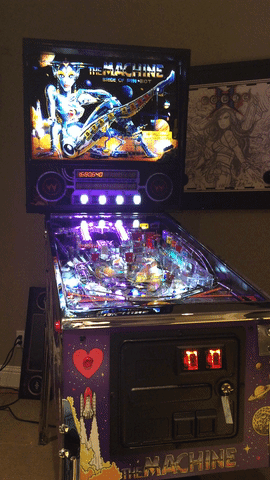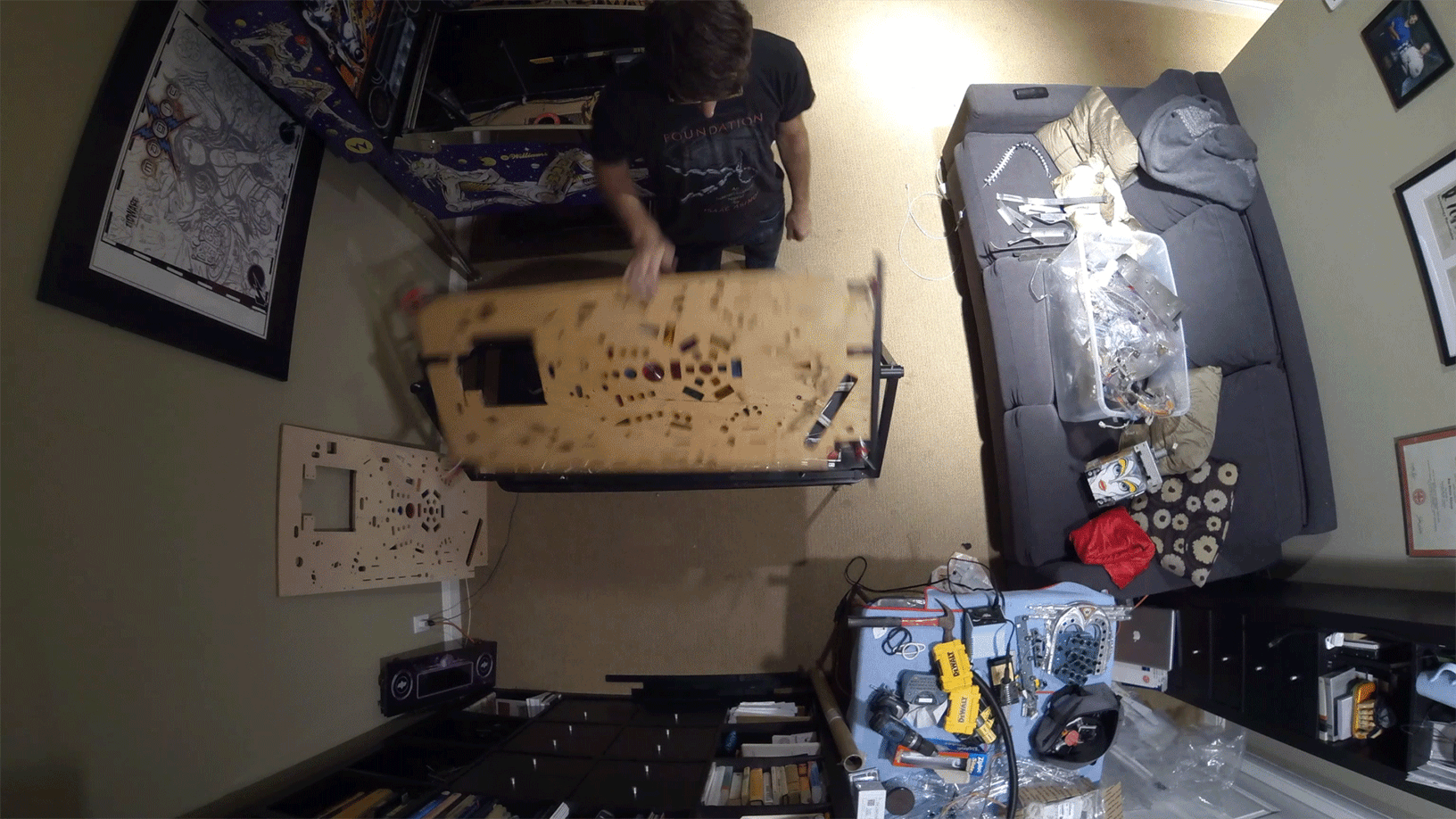I arrived here about a year ago. A few buddies play in a league in SF at Free Gold Watch, snd they exposed me to pinball, and expos, and the whole thing. It was weird how fast I got hooked. I got my first machine a year ago, a ToM, and I didn't expect to get so into restoration and modding...Anyway, the short version is that I'm learning by doing and sometimes it's a bit like painting a jet while it's flying.
Anyway, the subject of what would be my pin #2 has been one of debate and curiosity for my friends and family. My decision was to get a working pin that needed a ton of work (not exactly a full project pin) that I could learn restoration on.
Meanwhile, in parallel, my son (15) was going through a bit of a revolution himself. As he entered high school, he had a number of learning challenges and social challenges until he discovered a class called "Principles of Technology," aka "Maker's Class." Basically, my son was rescued by an amazing teacher who focused him on learning to use all the tools in the workshop, from lathes to 3D printers to multimeters and soldering irons. He developed confidence in these things and we, his parents, threw as much fuel on the fire as we could.
As the summer approached, I suggested the idea that he and I try restoring a pinball machine together. You have to understand, it's been incredibly hard to find something that captures his interest and leverages his talent, and even harder to find one of those things he would do with me. He surprised me by showing a deep interest and thus the hunt began for the right machine.
I recently picked up a BoP that fit the bill. It was barely playable; Two posts were actually drywall screws, the head randomly spun, and the cabinet was faded and damaged. It wasn't entirely clear what worked and what didn't on the playfield. The electronics seemed to work perfectly, or at least were in very good shape. I brought it home a couple weeks ago and we started the process of tearing it down.
We're not in a rush. I figure there are plenty of BoP restoration threads, so probably not much new here. Regardless, I want to document it in case anyone wants to join in and help with comments...but also to share the experience of working with my son. I expect this to take months, as I have a day job, but who knows...Things are moving faster than I expected, so I'll post the stages here.



 Manchester, MI
Manchester, MI


